I feel like I'm reading conflicting information about HCA scores < 1 and would greatly appreciate some advice.
I'm waiting to receive a diamond for an engagement ring that has a fantastic ASET image, but it has an HCA score of 0.7.
I have read multiple sources, including here at PriceScope, that HCA should only be used as a rejection tool (for scores > 2) and not for selection. I have also seen a few sources say that they would not go below 1 for rings due to performance in certain lightning conditions (e.g. under sunlight)...is this always true?
Is it possible to tell by the specs and ASET image below whether a score < 1 should be a concern? Are there any tests that I can perform once I have the diamond in my hands to confirm whether this score is a non-issue?
Thank you in advance!
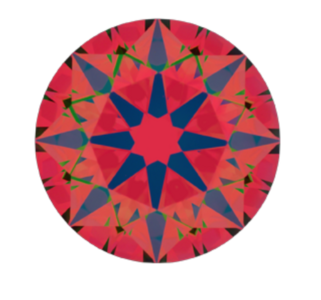
I'm waiting to receive a diamond for an engagement ring that has a fantastic ASET image, but it has an HCA score of 0.7.
I have read multiple sources, including here at PriceScope, that HCA should only be used as a rejection tool (for scores > 2) and not for selection. I have also seen a few sources say that they would not go below 1 for rings due to performance in certain lightning conditions (e.g. under sunlight)...is this always true?
Is it possible to tell by the specs and ASET image below whether a score < 1 should be a concern? Are there any tests that I can perform once I have the diamond in my hands to confirm whether this score is a non-issue?
Thank you in advance!
- 2ct / E / VVS2
- Table: 55.9%
- Depth: 61.7%
- CA: 33.8
- PA: 40.7

Last edited:





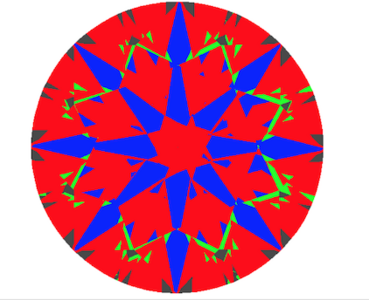
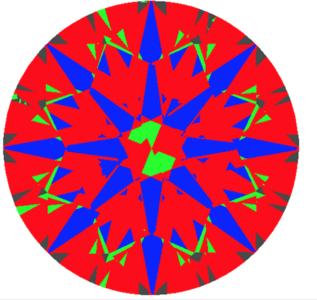
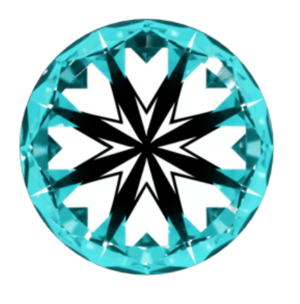
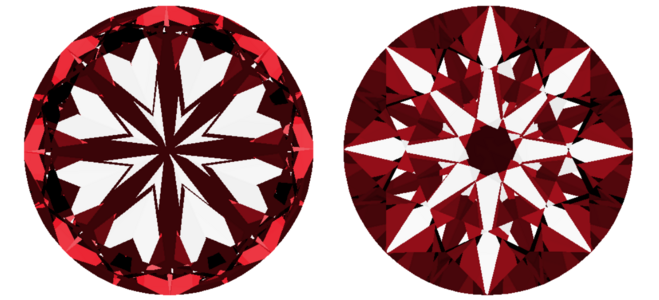
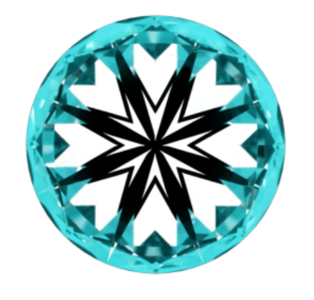
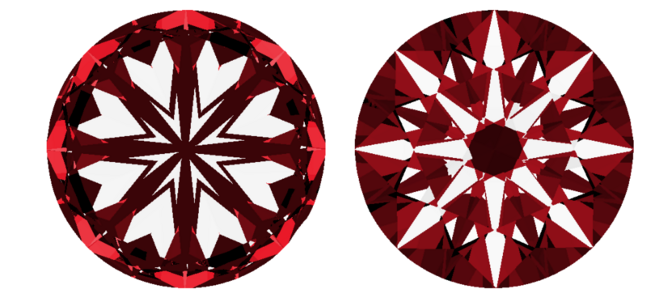


300x240.png)